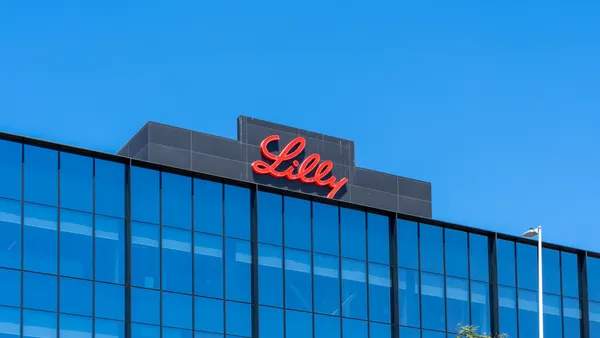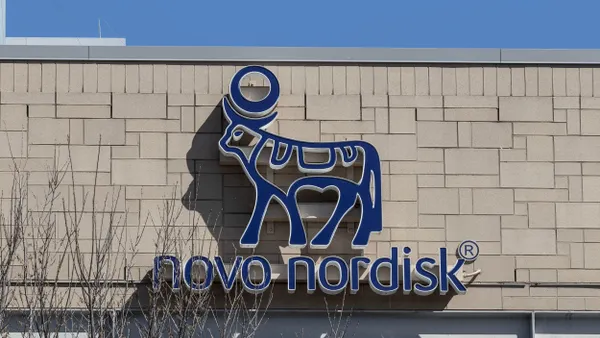Specialty-lite products occupy a complex middle ground in pharmaceutical commercialization. Unsuitable for standard retail yet not requiring the full infrastructure of specialty pharmacies, these products face unique access barriers that traditional distribution models can't address effectively.
The solution? Alternative channels that bring together tech-driven hub services and integrated pharmacy networks to maximize profitable revenue growth.
Where traditional channels miss the mark
Specialty-lite brands need to strike the right balance of streamlined access support that effectively navigates utilization management barriers while prioritizing strong financial performance. Two critical capabilities determine success in this environment – efficient prior authorization (PA) management to secure coverage, and robust pharmacy networks that can convert those approvals into covered dispenses at optimal reimbursement rates.
With 82% of physicians reporting an increase in PA requirements over the past five years and one in five revealing that a PA delay or denial often leads to the patient having to pay out of pocket for their prescribed medication, the barriers to patient access have never been higher. Meanwhile, PBMs continue to tighten their grip through formulary restrictions, step therapy requirements, and limited network access – making the need for effective PA-to-coverage conversion even more critical.
Traditional channels fall short of these requirements in several key ways:
- Traditional Hubs: These legacy systems designed for complex biologics are cost-prohibitive for specialty-lite products. They offer call-center based patient support services that drive up costs without the proportional benefit to the products they support.
- Retail Pharmacies: Retail pharmacies present significant challenges in the PA-to-coverage conversion process. Low PA submission rates mean many prescriptions never receive the coverage determination they need. When PAs are submitted, retail pharmacies often lack the expertise and time to navigate complex payer requirements, leading to delays and denials. Limited payer contracts further restrict their ability to secure favorable reimbursement rates, ultimately impacting both patient affordability and GTN performance.
- Specialty Pharmacy Networks: Even specialty pharmacies, while better equipped for PA management, often operate within PBM-controlled limited networks that prioritize payer economics over manufacturer objectives. This creates misaligned incentives where pharmacies may overutilize manufacturer subsidy programs like copay coupons to compensate for poor reimbursement rates, negatively impacting gross-to-net margins while providing little visibility into the patient journey.
The advantages of an alternative channel
An alternative channel that combines technology-driven hub services with an integrated pharmacy model has emerged as the optimal solution for specialty-lite brands. This type of model combines the benefits of hub services with seamless pharmacy dispensing, creating a unified patient experience that traditional, fragmented approaches can't match. By leveraging automation and digital workflows, these platforms deliver the sophisticated support specialty-lite brands require while maintaining cost-effectiveness.
- Streamlined Patient Access & Adherence: Unlike traditional models where patients navigate separate enrollment processes, integrated channels enable real-time hub enrollment at the point of prescription. Automated processes pre-fill required forms, streamline benefits verification, provide full visibility into prescription status, and offer informed auto-refills – delivering the modern, digital experience that today’s consumers expect.
- Targeted Provider Engagement: Healthcare providers increasingly want integrated solutions that fit seamlessly into their existing workflows. Alternative channels provide functional tools that enable practices to simplify PA submissions, get real-time prescription status updates, and reduce the administrative burden on staff. These platforms also equip field representatives with real-time data and insights that enable more targeted, value-driven conversations with healthcare providers about patient access solutions.
- Optimized Financial Performance: Integrated channels offer superior control over the script journey and gross-to-net outcomes. An integrated, technology-driven approach reduces operational costs compared to traditional hub models while providing better control of prescription processing and patient assistance program implementation. By consolidating pharmacy partnerships into a single vendor relationship, manufacturers gain full visibility into prescription processing and can implement patient assistance programs that adhere to manufacturer business rules.
To learn how industry-leading manufacturers are leveraging data-driven approaches to improve commercial outcomes, watch this on-demand webinar.
Forging the path for commercial excellence
The stakes for specialty-lite brands have never been higher. Fragmented approaches – whether through retail or oversized specialty hub models, or limited alternative solutions that lack true integration – simply cannot deliver the efficiency, control, and customization that market-defining brands need.
Alternative channels offer specialty-lite brands a strategic opportunity to maximize patient outcomes while safeguarding financial performance.Book a demo to discover how PHIL can help your specialty-lite brands secure commercial success.










